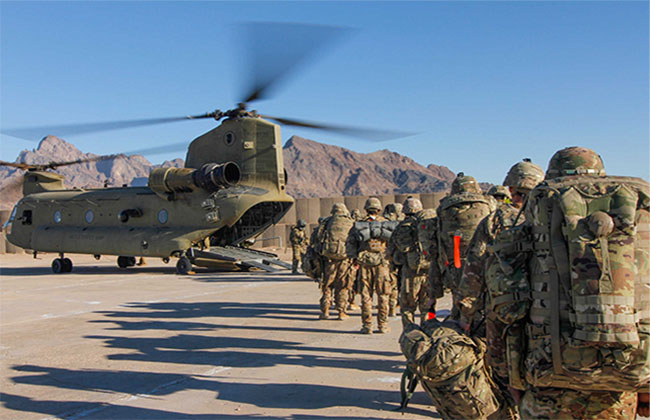
Two decades fighting the “war without end” did end but rather embarrassedly with the US hightailing amidst massive confusion and disarray leaving its allies perplexed. Biden is getting all the heat but several presidents have served since the take over two decades ago. Questions are now being thrown at the capacity of the US administration and state system. Going by records released from within the US, the US significantly “underestimated” the time needed to build its own version of the state of Afghanistan if that was at all possible. It also “misunderstood” the project context all through.
The Special Inspector General for Afghanistan Reconstruction (SIGAR) concluded that the U.S. intervention in the war-torn country had “bright spots,” such as lower child-mortality rates, increases in per capita gross domestic product, and increased literacy rates etc. But SIGAR has also asked whether these gains were worth the $145 billion spent over a period of 20 years. Its objective was to build “democracy” no less and after its hasty departure all are in shambles.
“If the goal was to rebuild and leave behind a country that can sustain itself and pose little threat to U.S. national security interests, the overall picture is bleak,” John Sopko, the special inspector general, has said. The SIGAR document, “What We Need to Learn: Lessons From Twenty Years Of Afghanistan Reconstruction “was written before the departure began and means that the US administration and establishment knew that the US’s state making project had completely failed. The report has been documenting US involvement in Afghanistan for the last 13 years.
The report goes on to mention some major points which are surprisingly general in nature meaning that the basic foundation of the US project was weak. It says :
– a lack of a coherent strategy for what Washington hoped to achieve.
– The U.S. government underestimated the amount of time required to rebuild Afghanistan, and created unrealistic timelines and expectations that prioritized spending quickly. This “increased corruption and reduced the effectiveness of programs.”
– The U.S. government “did not understand the Afghan context,” including socially, culturally, and politically.
SIGAR says, “Rarely did U.S. officials have even a mediocre understanding of the environment, much less how it was responding to U.S. interventions,” and that ignorance was often due to a “willful disregard for information that may have been available.”
National Security Adviser Jake Sullivan, conceded much at a press briefing. He said that after, “hundreds of billions of dollars spent, huge numbers of forces trained, huge amounts of capability provided, huge amounts of advising and assisting,” the Afghan security force was not prepared with the will to stand up and fight for itself.”
The US model used in tandem with support to both war and peace just doesn’t seem to have worked. The model itself may have run out of breath but the US has not shown readiness to learn. It’s also possible that the US’s capacity to impose its models is limited.
Time to build new models for war and peace and state making?

